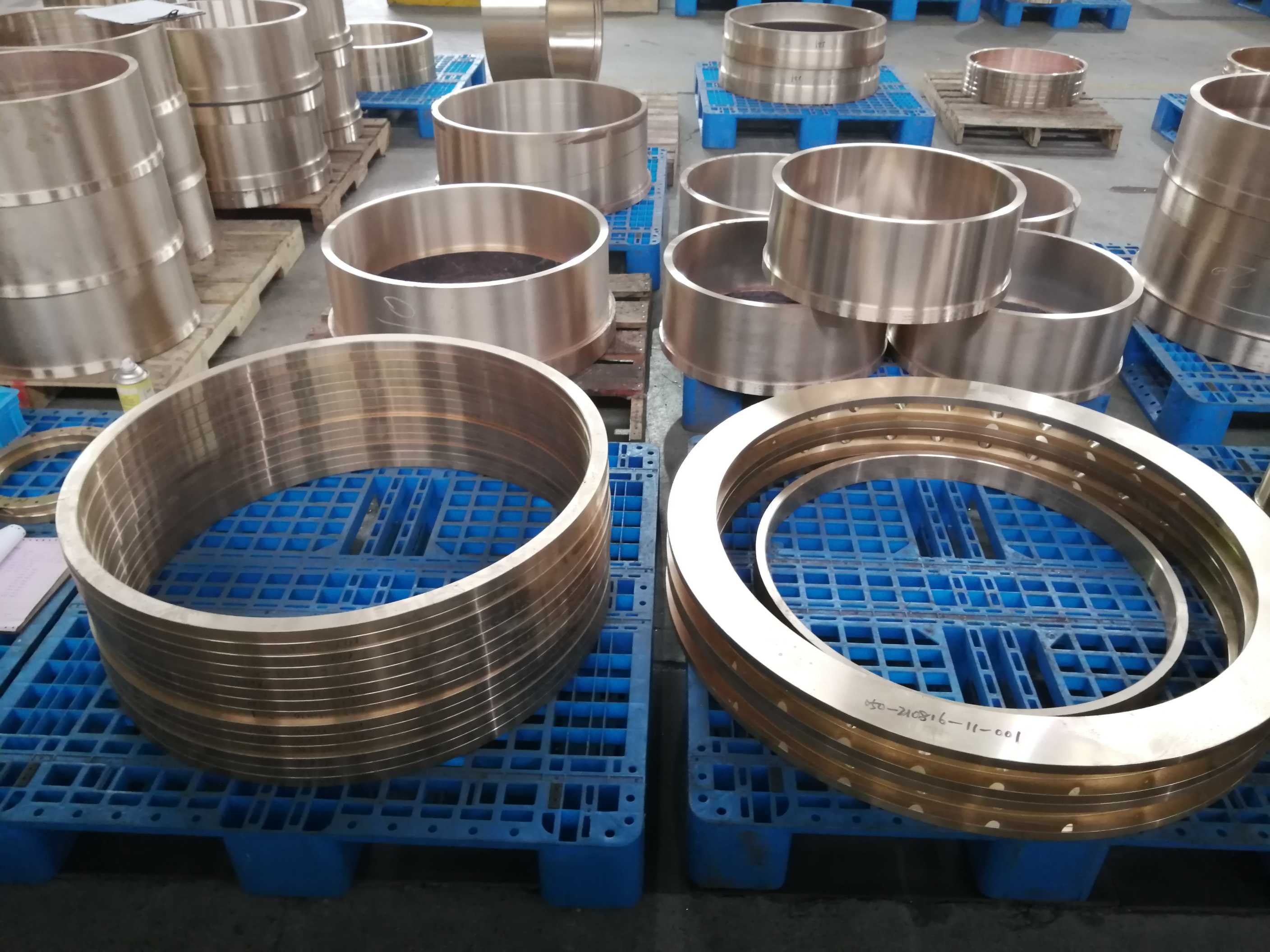Several common methods of identifying quality of bearings
The following are the common bearing identification quality methods recommended by Jiaerda Machinery:

1. Is the outer packaging clear?
Under normal circumstances, regular enterprises will have a special design department to design external packaging, and arrange factories that have passed the production conditions to make and produce, so the packaging must be very clear from lines to color blocks.
2. Whether the steel printing is clear.
On the bearing body, brand words, labels, etc. are usually printed. The fonts are very small, but most of the products produced by regular enterprises use steel stamping technology, and they are embossed before heat treatment, so the fonts are relatively small, but they will be deeply concave and very clear. The fonts of counterfeit products will be blurred because of poor printing technology, the fonts will float on the surface, and some can even be easily erased by hand.
3. Is there any noise?
Hold the sleeve of the bearing body with the left hand, turn the sleeve with the right hand to rotate it, and listen to whether there is any noise. Due to the backward production conditions of most of the counterfeit products and the completely manual workshop operation, it is inevitable that impurities such as sand will be mixed in during the production process and hidden in the bearing body, so there will be noises when rotating. This is the biggest difference between a formal enterprise that strictly enforces production standards and operates with machines.
4. Whether there is turbid oil stain on the surface.
The surface of the bearing body should be protected by sufficient anti-rust oil, or use imported liquid oil. Counterfeit and inferior informal factories often use less anti-rust oil or use inferior anti-rust oil.
5. Whether the chamfer is uniform.
The chamfer of the bearing, that is, the junction of the horizontal and vertical surfaces, the counterfeit bearings are often unsatisfactory in these corners due to the limitation of production technology.
